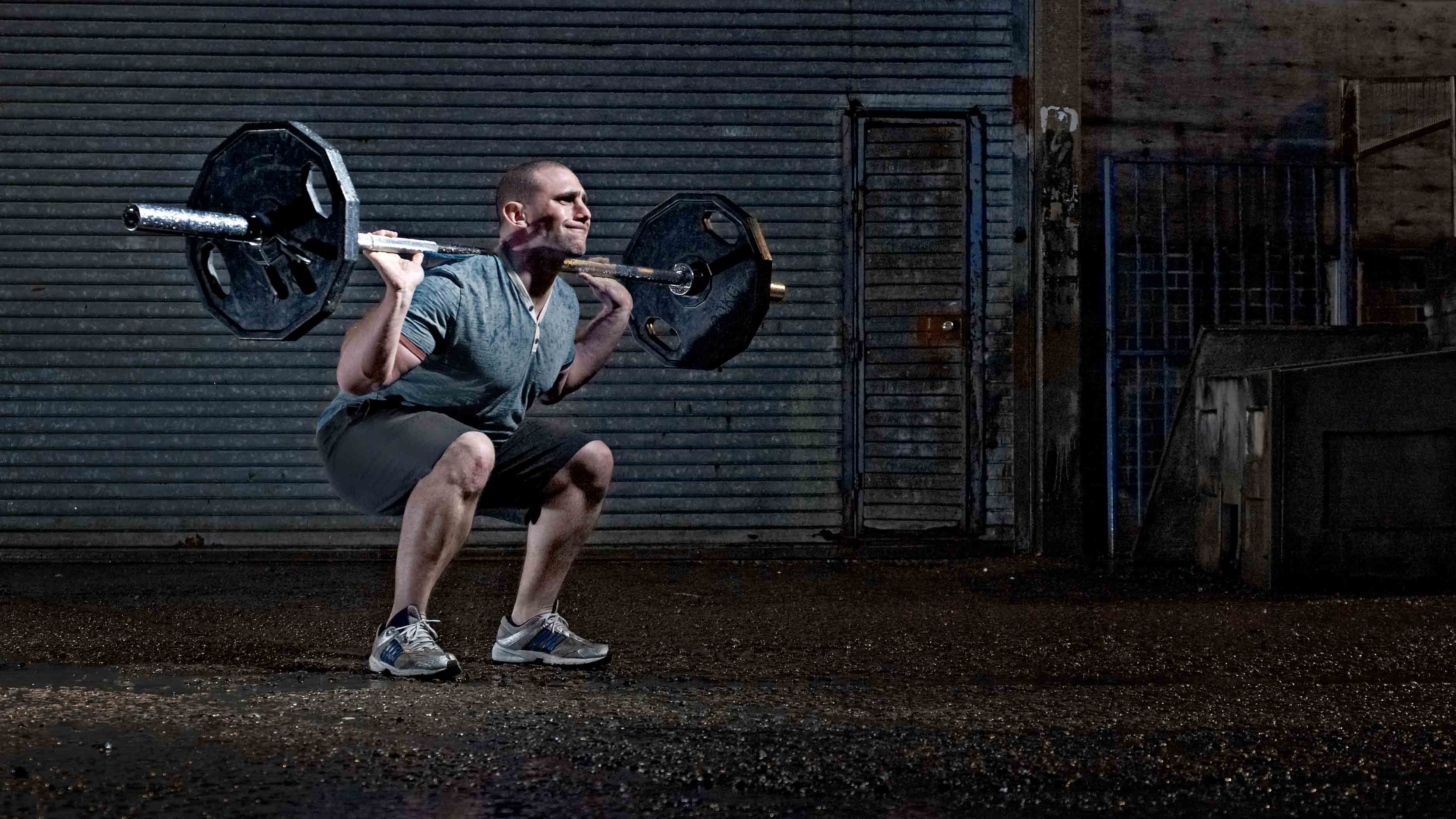The Impact of Dividends
Should our Practical Investor reinvest dividends or use the cash to buy new stocks?

As I was working on this month’s cover story about the challenges of selling stocks, I had an epiphany. A financial planner and I were discussing the psychological hurdles investors often face before pulling the sell trigger, when I suddenly realized we could have been talking about me.
Selling isn’t usually a problem for me because I’m a classic buy-and-hold investor. But my “Practical Investing” portfolio forces me to sell stocks far more often than I’d like. That’s because the portfolio is static; I don’t add cash to it or withdraw money from it.
For those of you who are new to this column, I launched the portfolio in October 2011 with $200,000. Now, some 30 months later, the account is worth $307,962 (including shares in the stock-market index fund against which the individual stocks are measured), thanks to the stunning bull market. (Although my portfolio has gained 53%, it is barely beating its benchmark.) Aside from the initial nine months, during which I seeded the portfolio with stocks, it has been 99% invested for the bulk of its existence.
From just $107.88 $24.99 for Kiplinger Personal Finance
Become a smarter, better informed investor. Subscribe from just $107.88 $24.99, plus get up to 4 Special Issues

Sign up for Kiplinger’s Free Newsletters
Profit and prosper with the best of expert advice on investing, taxes, retirement, personal finance and more - straight to your e-mail.
Profit and prosper with the best of expert advice - straight to your e-mail.
Thus, when I want to add a new stock to the portfolio, I have only two ways to come up with the cash to pay for it. The first is obvious: I could sell something. For example, I recently pared back my stake in Spirit Airlines (symbol SAVE), my biggest winner, selling 300 shares for $18,092 but hanging on to 83 shares. The stock has climbed 322% since I bought it in 2011 and now trades for about 20 times projected earnings. Analysts remain bullish on Spirit, but at such a lofty valuation, the risks are high if the company fails to live up to expectations.
My other option is to stop reinvesting dividends, let the payouts accumulate and use the cash to buy new stocks. Last year, the portfolio collected a tidy $5,400 in cash dividends. The total is likely to be higher this year because I reinvested those distributions to buy additional shares of the companies that paid them.
But I’ve been reluctant to use dividends as a source of funds for new purchases. That’s because I wanted to make a point about how important the payments are to the returns of individual stocks as well as the portfolio as a whole. Since 1926, dividends have accounted for some 40% of the stock market’s annualized total return of about 10%, according to Morningstar. And dividends help stabilize returns because companies generally pay them whether stock prices are rising or not. That means in down markets, dividends account for
an even larger portion of returns. So high-yielding stocks are likely to buoy your portfolio when times are tough, but they may cause it to lag when stock prices soar.
Case in point: Apollo Commercial Real Estate Finance (ARI). I purchased 625 shares of the mortgage-owning real estate investment trust in March 2012 for $16.02 per share. As of April 4, the shares had climbed a paltry 4.4%. But Apollo boasted a 10% dividend yield when I bought it and still yields 9.6% today. So the stock’s total return since I’ve owned it is a much more palatable 26%, thanks to compounding of those reinvested dividends. Plus, Apollo is much less volatile than the market as a whole. I may not love that sluggish appreciation when the market rises, but I’ll appreciate the stability when the market falls.
Seeking reader input. If I stop reinvesting dividends, a stock such as Apollo will appear to be a huge underperformer, even though it will be feeding the portfolio with a steady stream of cash. The question is, do you, dear readers, care more about the returns of the individual holdings, or are you mostly interested in the performance of the portfolio as a whole? Please e-mail me at kkristof@kiplinger.com and let me know your thoughts. I’d love to hear from you.
Profit and prosper with the best of Kiplinger's advice on investing, taxes, retirement, personal finance and much more. Delivered daily. Enter your email in the box and click Sign Me Up.

-
 Stocks Struggle for Gains to Start 2026: Stock Market Today
Stocks Struggle for Gains to Start 2026: Stock Market TodayIt's not quite the end of the world as we know it, but Warren Buffett is no longer the CEO of Berkshire Hathaway.
-
 Tip: Ways to Track Your Credit Card Rewards
Tip: Ways to Track Your Credit Card RewardsHere are the best strategies and apps to help you stay current with your credit card rewards.
-
 How New Investors Can Pick Their Perfect Portfolio, According to a Pro
How New Investors Can Pick Their Perfect Portfolio, According to a ProSee what Cullen Roche has to say about finding your perfect portfolio as a new investor and his two-word answer on where he thinks the stock market is headed in 2026.
-
 The Most Tax-Friendly States for Investing in 2025 (Hint: There Are Two)
The Most Tax-Friendly States for Investing in 2025 (Hint: There Are Two)State Taxes Living in one of these places could lower your 2025 investment taxes — especially if you invest in real estate.
-
 The Final Countdown for Retirees with Investment Income
The Final Countdown for Retirees with Investment IncomeRetirement Tax Don’t assume Social Security withholding is enough. Some retirement income may require a quarterly estimated tax payment by the September 15 deadline.
-
 How to Beef Up Your Portfolio Against Inflation
How to Beef Up Your Portfolio Against Inflationinvesting These sectors are better positioned to benefit from rising prices.
-
 Taxable or Tax-Deferred Account: How to Pick
Taxable or Tax-Deferred Account: How to PickInvesting for Income Use our guide to decide which assets belong in a taxable account and which go into a tax-advantaged account.
-
 Smart Investing in a Bear Market
Smart Investing in a Bear Marketinvesting Here's how to make the most of today’s dicey market.
-
 How to Open a Stock Market Account
How to Open a Stock Market Accountinvesting Investing can be fun, but you need a brokerage account to do it. Fortunately, it’s easy to get started.
-
 The Right Dividend Stock Fund for You
The Right Dividend Stock Fund for YouBecoming an Investor Dividend stock strategies come in many different flavors. Here's what to look for.
-
 Alternative Investments for the Rest of Us
Alternative Investments for the Rest of UsFinancial Planning These portfolio diversifiers aren't just for the wealthy.